I just bought a general moisture meter from Lowe's (got idea from what I've read on here). I'm getting some readings below 10%. I guess that's good - maybe too dry. I tried 3 different species from the wood pile,
* cottonwood = 10.6%
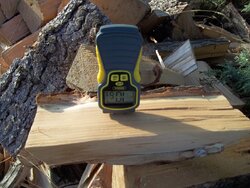
* lodgepole pine = 14.1%
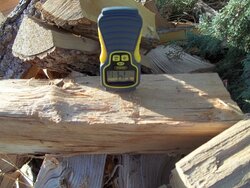
* red elm = 9.6%
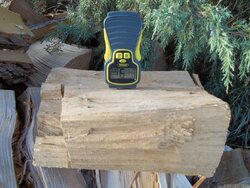
I have some quartered lodgepole and elm so I checked it, too. 13.1 on the pine and 14.9 on the elm.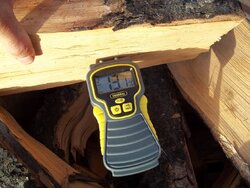
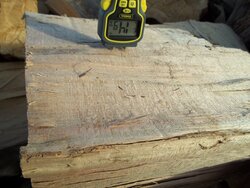
These readings seem kind of low. This wood was gathered in the last year.The wood was all dead and this is a desert environment. I sold a few cords and have been throwing the elm off to the side because it was so much heavier than the other wood. I figured it was still moist. But, I guess not, even the large quartered pieces still needing to be split are only 15%.
* cottonwood = 10.6%

* lodgepole pine = 14.1%

* red elm = 9.6%

I have some quartered lodgepole and elm so I checked it, too. 13.1 on the pine and 14.9 on the elm.


These readings seem kind of low. This wood was gathered in the last year.The wood was all dead and this is a desert environment. I sold a few cords and have been throwing the elm off to the side because it was so much heavier than the other wood. I figured it was still moist. But, I guess not, even the large quartered pieces still needing to be split are only 15%.
Last edited:






